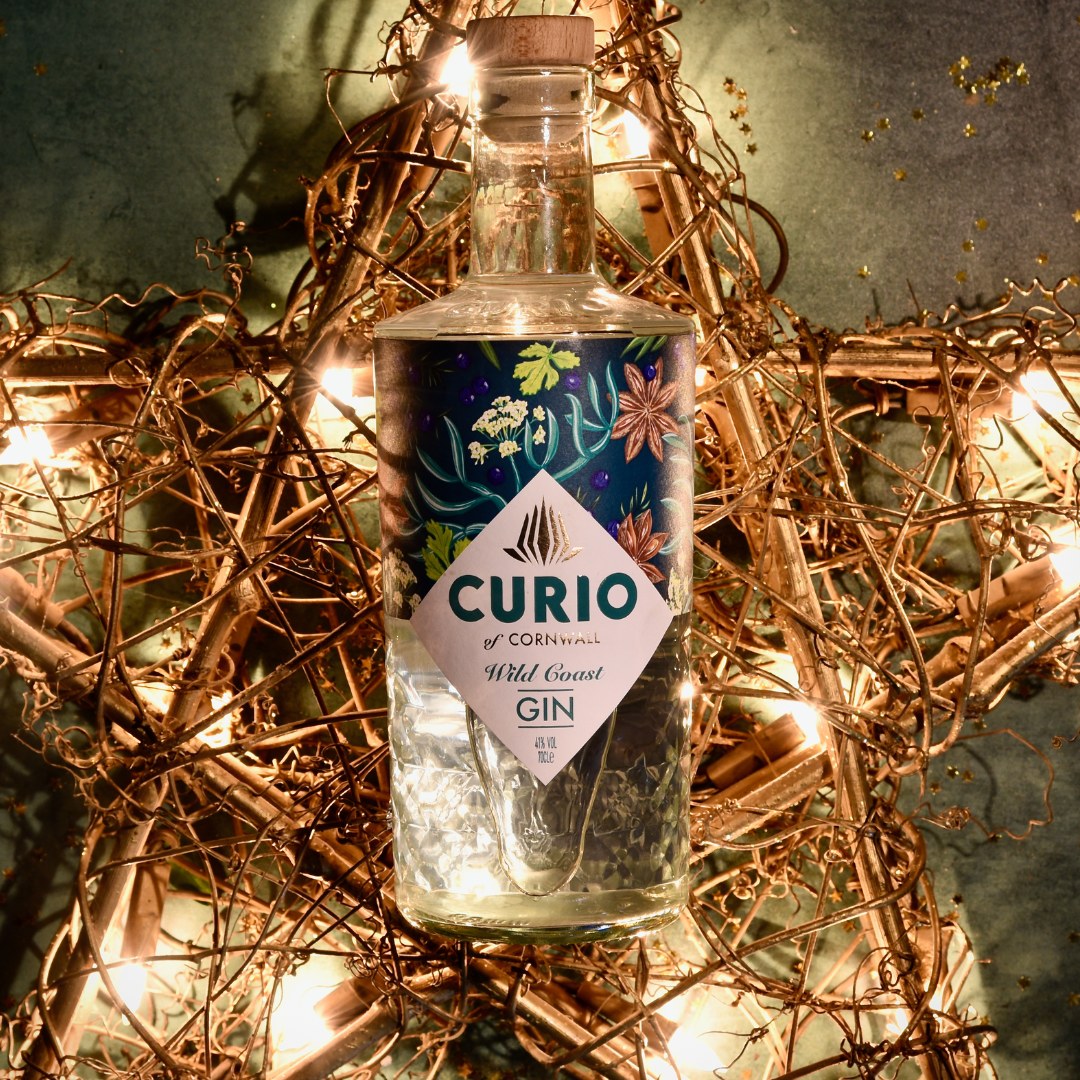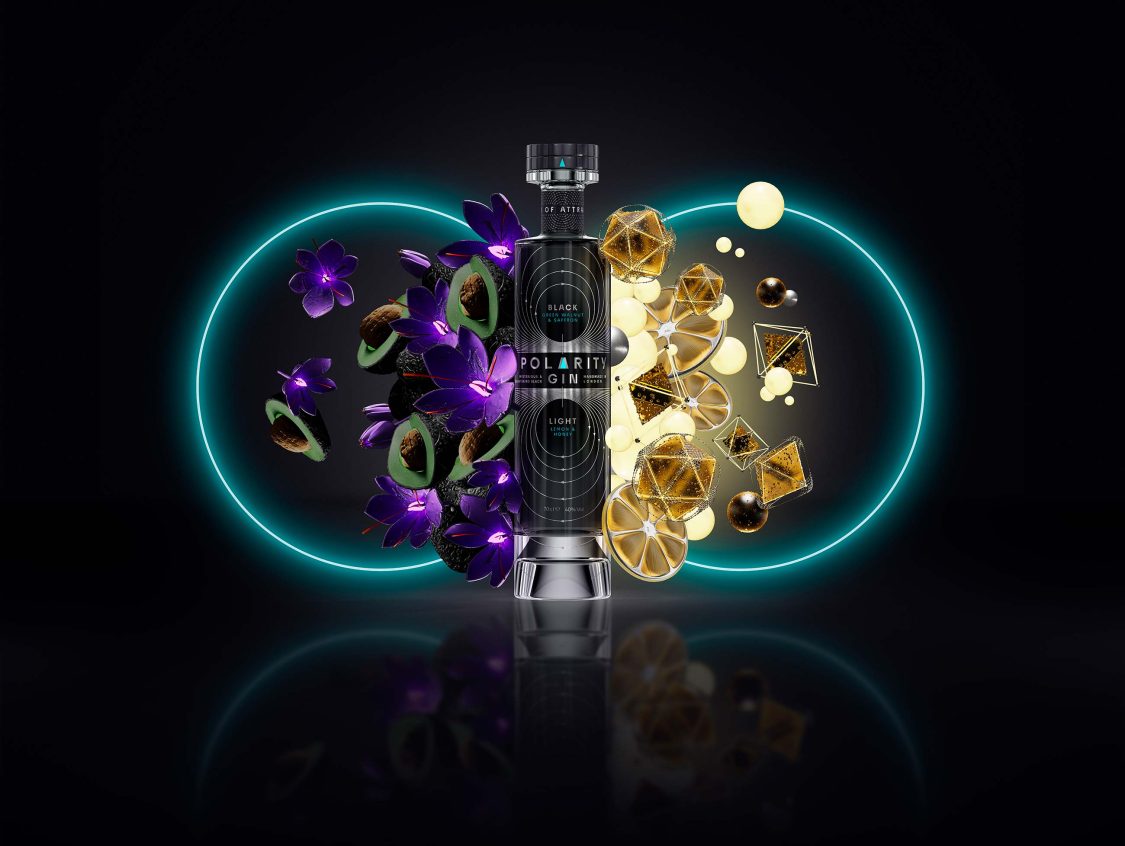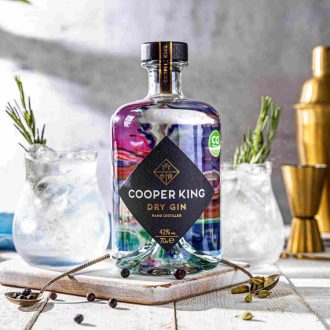
Goldings Distillery Ltd, 30 Newdegate Street, Nuneaton, CV11 4EU, UK

Goldings pharmacist passionate for Fine gin

In the quaint town of Golding, there lies a hidden gem of a pharmacist who is passionate about fine gin. Mr. Smith, the local pharmacist, has always been fascinated by the art of distillation and the complex flavors that come with it. His love for gin started when he stumbled upon a small distillery on one of his travels and was introduced to the world of craft gin. From that moment on, Mr. Smith made it his mission to learn everything he could about gin and bring the finest varieties to Golding.
Mr. Smith’s passion for gin is palpable in everything he does – from the way he meticulously selects the best botanicals for his own gin recipes to the way he educates his customers on the different flavor profiles of each bottle. His pharmacy has now become a hotspot for gin enthusiasts who are looking to expand their palate and dive into the world of artisanal gin.
One of the things that sets Mr. Smith apart from other pharmacists is his commitment to supporting local distilleries and producers. He believes that local ingredients create a sense of terroir in gin that cannot be replicated anywhere else. As a result, Mr. Smith has formed close relationships with several distilleries in the surrounding area, some of which are now exclusively available in his pharmacy.
Mr. Smith’s passion for fine gin goes beyond just selling bottles in his pharmacy – he also hosts tasting events, gin-making workshops, and educational seminars for his customers. He believes that educating people on the history and craftsmanship of gin is just as important as selling the product itself. His dedication to spreading the love of gin has made him a beloved figure in the community and has attracted gin lovers from all over the region to Golding.
In conclusion, Mr. Smith’s passion for fine gin has transformed him from a simple pharmacist into a gin connoisseur and educator. His commitment to quality, craftsmanship, and community has made him a standout figure in the world of gin. Whether you are a seasoned gin drinker or just starting to explore the world of spirits, a visit to Mr. Smith’s pharmacy in Golding is sure to ignite a newfound appreciation for this timeless and versatile drink.

Goldings pharmacist passionate for Fine gin / Jupiter Bottanical
Created by a pharmacist with a passion for gin. Science and art have collided to produce these truly exceptional small batch artisan gins.
Each bottle is individually produced by hand, with precision and care, in batches of no more than 40 bottles at a time.
Multi Award Winning




HAND MADE IN STOKE GOLDING LEICESTERSHIRE
Signature Goldings Gin

Goldings pharmacist passionate for Fine gin
We are proud winners of an IWSC Silver medal in 2023 and Highly Commended in The Gin Guide 2024
A fresh, intense juniper led gin. On the nose has citrus and woody overtones. A smooth creamy mouthfeel leads you to a warm sweet pine forest, with hints of spice. Leaves a soft aftertaste. Reminiscent of fresh summer rain.
11 botanicals : Juniper, coriander seed, angelica root, orris root, dried lemon peel, pink peppercorns, dried horseradish, fennel seed, grains of paradise, plus two that are secret.


Goldings Christmas Gin

Goldings pharmacist passionate for Fine gin
Best Spiced Gin in the Gin Guide 2024. And IWSC Bronze Medal in 2024. Too good just for Christmas.
A traditional intense juniper led gin. Tonka bean, ginger, cardamon seed and clove join fourteen other carefully selected botanicals. They combine to produce Christmas in a glass. We suggest sipping neat, with or without ice, or mixed with tonic. For an extra twist mix with ginger ale.
Spiced. Warming, soothing and deliciously lingering.


Goldings Negroni Ready to Drink Cocktail

Goldings pharmacist passionate for Fine gin
Love it already, or learn to love it.
A perfect balance of bitterness, sweetness and herbal notes. Goldings Christmas Gin, Punt e Mes Sweet Vermouth, and Campari are blended into this classic ready to drink cocktail.
Serve neat over ice, with a twist of orange peel, or orange slice. Alternatively mix with prosecco, tonic or lemonade.
Our Journey #1
Where I am hoping to end up

Goldings pharmacist passionate for Fine gin / Golding Distillery
In August 2020 I was busy planning my next phase of Goldings Distillery Ltd and Goldings Gin. But before I tell you about all of that I thought some of you may be interested in where I hope my gin journey will end up.
Many people dream of making and selling their own gin. I am no different. I started thinking “how hard can it be?” Then as I researched more I quickly found out there are only about 350 limited companies in the UK who legally have a licence to make gin. You only need to get 8 (yes 8!!) different licences in total, plus a myriad of local planning and health and safety issues. OK I thought I won’t be able be to do that, so I will just drink gin instead and dream!
Then from about 2016 I researched more, read more books, watched more internet videos than I care to mention, and thought hang on Mr T. You need to at least try!!
After a couple more years of half dreaming I started to work out how I would overcome some of the obstacles. I watched and followed a number of stories where small “one-person bands” developed their distillery. In Feb 2018 I went on a day’s course in London entitled “How to open a gin distillery”. I came back dejected, sad, and resigned to the fact that I would not be able to do it. It was all a pipe dream I told myself.
Hang on Mr T, you need to try, you might be able to do this. So in 2018 I spent hours over several months developing the business case needed to get the first licence from the HMRC. I worked out how it might just be possible to make it happen. The aim was, and still is, to end up with a small gin brand where I can work almost solo. I know I am not going to be the next Bombay Sapphire selling millions of bottles a year, but if I can sell enough just enough to get by, and fill my retirement working in the distillery I will be happy.
So Goldings Distillery Ltd was incorporated at Companies House in January 2019. The HMRC licence followed in March 2019, and I started sample production straight away.
Making great gin is hard, making it great every time is harder still. Selling gin in a crowded and busy market place is brutal.
I want to make a gin that people love, not just like. Market and branding are key, but the liquid needs to shine. I want to make a gin that I am proud of, that starts out locally and grows with me.
The pandemic slowed me down in so many ways. At its peak it, and my day job, reduced my headspace, energy, and capacity. There were problems posting parcels during lockdown, and supply issues with ingredients. In March 2020 I was just about to start acquiring and building premises in order to apply for the next licence that will allow me to buy and trade alcohol, plus sell to local pubs and off-licences. Bottle selection, label design, branding, and those 7 more licences would be next. The building foundations are ready, but the building is now on pause as many of the required materials are unavailable. I
am slowed down, but not stopped……….
It is all about the botanicals
The four main botanicals in my gin

Juniper berries: Legally these must be the main botanical in gin. Technically juniper is a cone, not a berry. Each cone has 6-8 seeds. Juniper is often the first thing you may smell in a gin. I would describe its taste as being fresh, forestry, tart and sharp, with a resinous, piney flavour. It also has hints of citrus and overlaps with part of the coriander seeds flavour.

Coriander seed: The second most used botanical after juniper. It is a rare to find a gin that doesn’t include coriander seed. I think that genever (a juniper only) is the only “gin” that doesn’t . Coriander has a complex flavour once distilled, often described as citrusy, nutty and a little spicy. Typically its flavour is more discernible towards the end gins flavour journey. If a gin contains citrus, these elements will come off upfront while the citrusy nature of coriander seed will present itself thereafter –towards the heart / end of a gin.

Angelica root: Once distilled, angelica has an earthy flavour. It’s a little bitter and a little herbal. The herbal tones carry through to the nose, with a faintly nettle-like smell. The flavour of angelica can sometimes be mistaken for that of juniper berries – though the two are quite separate.
I also tend to add orris root, the dried root of an iris (it needs to dry for three to five years before being ground to a powder). When distilled, orris root retains its floral notes, but it also carries an earthy, dusty sweetness that falls somewhere in the middle of grass and hay. The nose is dry, sweet and clean, while the mouth is strong, sweet and woody. Orris has cheek filling qualities and is capable of adding depth and texture to a gin.
These four botanicals blend together, and overlap. The gin’s nose and taste profile vary depending on their ratios, how I blend, prepare and distil them, together with what other botanicals I choose to add. To add further complexity the final taste will also vary dependant on length of maceration in the base alcohol, how I prepare the botanical, and how it is added.
The combinations of botanicals are immense, hence the joy of gin, and the reason it took me a very long journey for me to find a perfect recipe. Signature has a blend of 11 botanicals.
Describing what you can taste
It is often difficult to describe the taste of wine and spirits, and this includes gin.
A good way to start to use to describe the gin in four parts.
- Its initial aroma.
- The taste and first impression.
- The finish, or after taste
- Finally the overall impression.
People are often fairly precise with the first three of the above, and a little more whimsical with the last (for example what did it taste like, not what did it taste of). Try and use as many descriptive words as possible. You don’t need to confine the description to actual tastes.
Some people may choose to use colours. For example green may describe piney, woody tastes, and bright fresh yellow can be used for citrus. Floral notes may be described in a variety of shades of rosy pink and red and yellow, just like the real thing. Ask yourself if what you taste is vivid or dull, or perhaps light or dark?
Parallels may also be drawn between a flavour journey and describing shapes. For example a gin may have a rounded flavour, which is circular in nature, starting and ending with a spicy taste. Or perhaps you get an initial rise in flavours, but they then plateau after a certain point or taper off dramatically. But at the end of the day remember, it is just gin.
Whilst it is really helpful to be as descriptive as possible, at the end of the day just think whether you like the gin or not. Don’t feel pressurised into having to give a complicated review. Taste the gin to discover what you like and dislike, even if you are not sure why you did or didn’t like it. Relax, pour a double, get the ice and tonic and just enjoy it.
Finally remember that the entirety of the flavours in the gins are chosen and made by myself. There is no alchemy of time or the mystery of years spent in a cellar as with wine or whiskey. The flavour journey comes from how I choose to make the gin. That is why it took me many attempts to develop the final recipe. I’ve said many times, we are on a journey, and thank you again for being part of it.

Goldings pharmacist passionate for Fine gin








